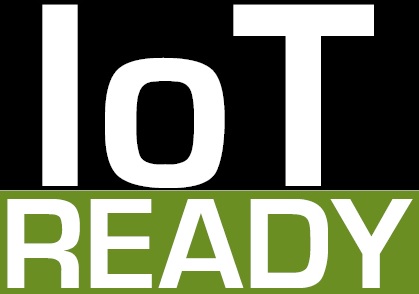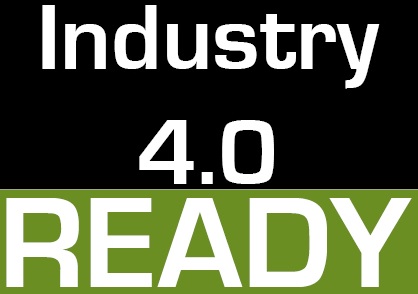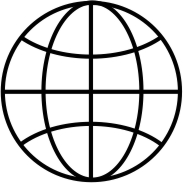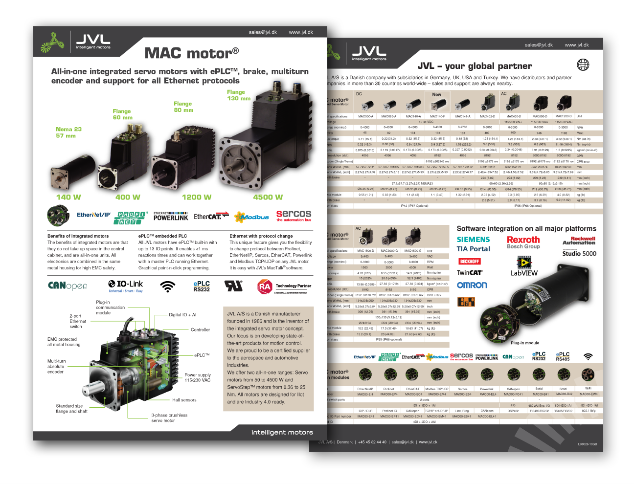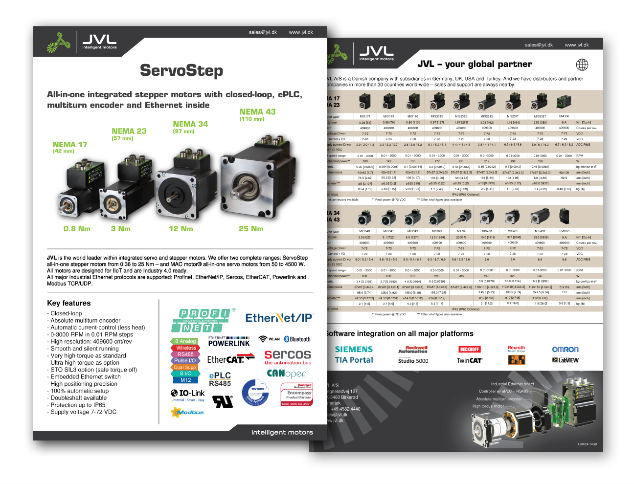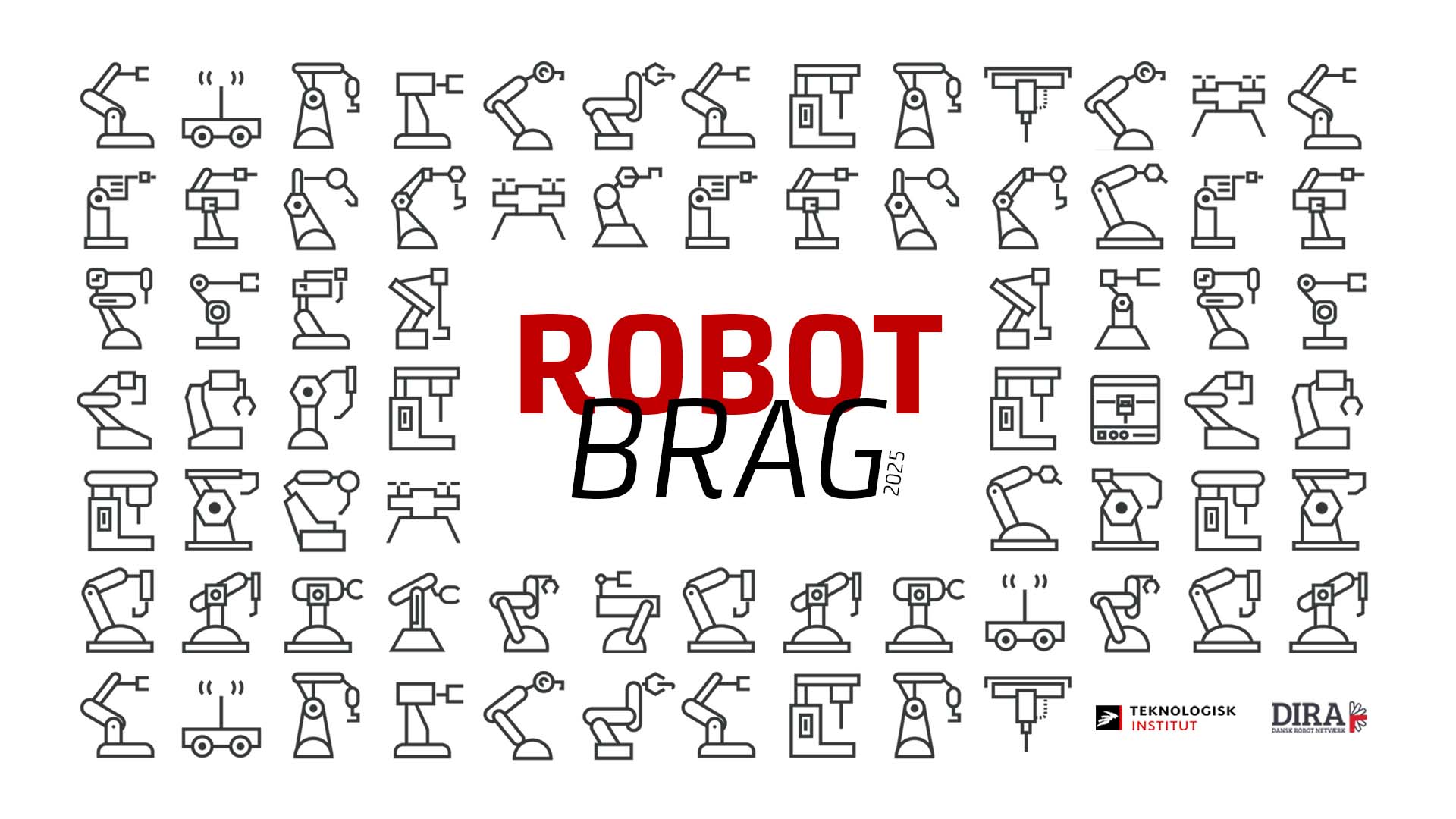
Industrial Ethernet for SMC66/85 and MIS17/23xQ/R/S/T & MIS34x
|
Industrial Ethernet is the name given to the use of the Ethernet network protocol in an industrial environment, for automation and process control.
A number of techniques are used to adapt the Ethernet protocol for the needs of industrial processes, which must provide real time behavior.
By using non-proprietary protocols, automation systems from different manufacturers can be interconnected throughout a process plant.
Industrial Ethernet takes advantage of the relatively larger marketplace for computer interconnections to reduce cost and improve performance of communications between industrial controllers.
Industrial Ethernet (IE) components used in plant process areas must be designed to work in harsh environments of temperature extremes, humidity, and vibration that exceed the ranges for IT equipment intended for installation in controlled environments.
|
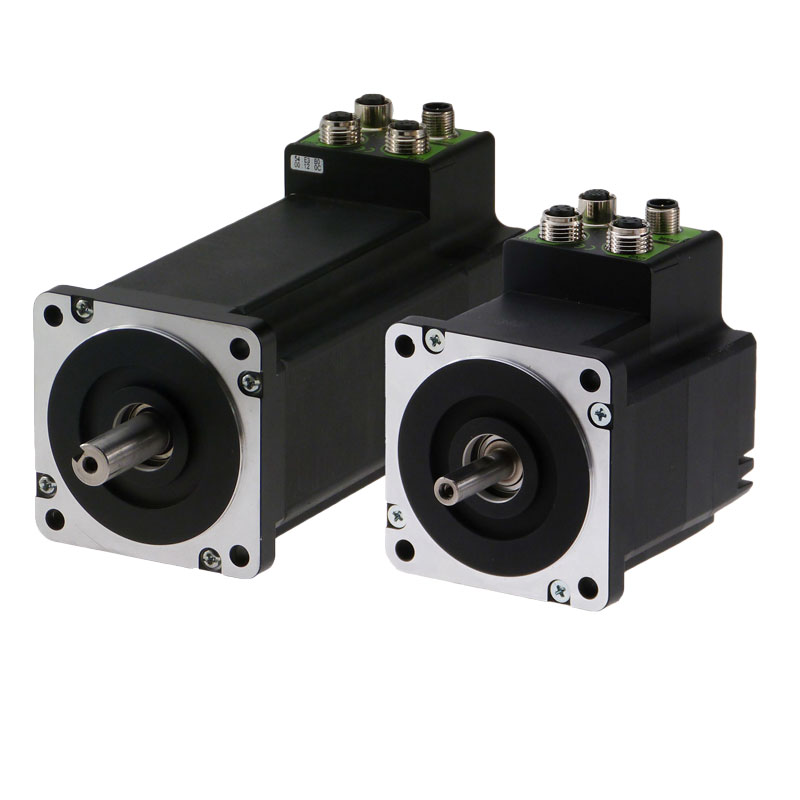 |
|||||
|
|
EtherCAT |
EtherNet/IP |
PROFINET IO |
SERCOS |
Modbus TCP
Modbus UDP
|
EtherNet
Powerlink |
|
|
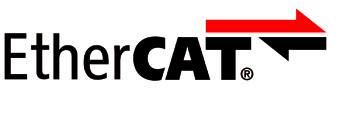 |
 |
 |
 |
 |
 |
| Hardware |
Option
Built-in |
Option
Built-in |
Option
Built-in |
Option
Built-in |
Option
Built-in |
Option
Built-in |
| Available |
Yes |
Yes |
Yes |
Yes |
Yes |
Yes |
|
Application
Protocol |
CANopen (DS301 + DSP402) |
CIP | Profinet IO |
SERCOSIII
ver. 1.1.2 |
Modbus | CANopen |
| Company | Beckhoff | Rockwell Automation | Siemens | Bosch Rexroth | B&R | |
| MacTalk over RS485: |
Yes |
Yes | Yes |
Yes | Yes |
Yes |
| IIoT, IoT, Industrie 4.0:*2) | Yes | Yes | Yes | Yes | Yes | Yes |
| MacTalk over Ethernet:
Scope:
ePLC transfer: Load Default:Firmware Update: |
Yes*3)
Planned
Yes*3)
Yes*3)
Planned |
Yes
Planned
Yes
Yes
Yes |
Yes
Planned
Yes
Yes
Yes |
Yes*4)
Planned
Yes*4)
Yes*4)
Yes*4) |
Yes
Planned
Yes
Yes
Yes |
No plan
No plan
No plan
No Plan
No Plan |
|
Transport
Protocol |
EtherCAT
EtherCAT/UDP |
TCP/IP,
UDP/IP |
TCP/IP,
UDP/IP, Profinet RT |
TCP/IP,
UDP/IP |
Powerlink V2 | |
|
Syncronization |
DC, 32bit |
Planned |
Planned |
Yes |
- | Planned |
|
Drive profile |
CiA402 |
Planned |
Planned |
Yes |
- | Planned |
|
Sync. cycletimes |
1, 2, 3 or
4 ms |
- | - |
1, 2, 3, 4, 6
or 8 ms
|
- | - |
|
Sync. jitter |
+/-1us |
- | - | +/-1us |
- | - |
|
Network
Minimum
cycle time |
<50 µs |
2 ms |
1 ms |
250 µs |
~2 ms |
<200 µs |
|
Module
Minimum
cycle time |
360µs at 1/1
500µs at 5/5
605µs at 8/8
*1) |
1 ms |
1 ms at 5/5
1.2 ms at 8/8 |
500 µs |
Not Cyclic:
1 reg. 1ms
10 reg. 4ms |
360µs at 1/1
500µs at 5/5
605µs at 8/8
*1) |
|
Address
Range |
65535 |
65535 |
65535 |
511 |
65535 |
256 |
|
Max.
Baudrate |
Ethernet
100Mbit/s |
Ethernet
100Mbit/s |
Ethernet
100Mbit/s |
Ethernet
100Mbit/s |
Ethernet
100Mbit/s |
Ethernet
100Mbit/s |
|
Forwarding
delay |
<1 µs |
10-130 µs |
3.25 µs |
<1 µs |
10-130 µs |
0.5 µs |
| Network |
Line, Ring,
Star, Tree |
Switches,
routers,
wireless |
Switches,
routers,
wireless |
Line, Ring |
Switches,
routers,
wireless |
Line, Star,
Tree |
| Standards |
IEC 61158,
IEC/PAS 62407
IEC 61784-3
ISO 15745-4 |
IEC 61158/
IEC 61784/
ODVA Ethernet/IP
standard |
IEC 61158/
IEC 61784
|
IEC 61491
merged
into
IEC 61158
|
IEC 61158/
IEC 61784
|
IEC 61158, EPSG
(Ethernet
Powerlink
Standarization
Group) |
|
Further
supported
protocols |
SDO, CoE |
DHCP, ACD, DLR |
RTC class 1-3, RTA , DCP, CL-RCP,LLDP, SNMP, MRP client |
--- |
DHCP |
--- |
|
Compatible
with
WIFI module |
No |
FW 3.40 |
FW 3.40 |
No |
FW 3.24 |
No |
| User org. |
*1) Reading 1 register and writing to 1 register or 5 and 5 or 8 and 8.
*2) IIoT: Industrial Internet of things, IoT: Internet of things.
*3) Requirements: EtherCAT Master.
*4) Connect to Sercos master when using ring topology otherwise connect to last motor in line.
JVL A/S Bregnerødvej 127 DK-3460 Birkerød Denmark
Tel: +45 4582 4440 Fax: +45 4582 5550 E-mail: jvl@jvl.dk
Tel: +45 4582 4440 Fax: +45 4582 5550 E-mail: jvl@jvl.dk


